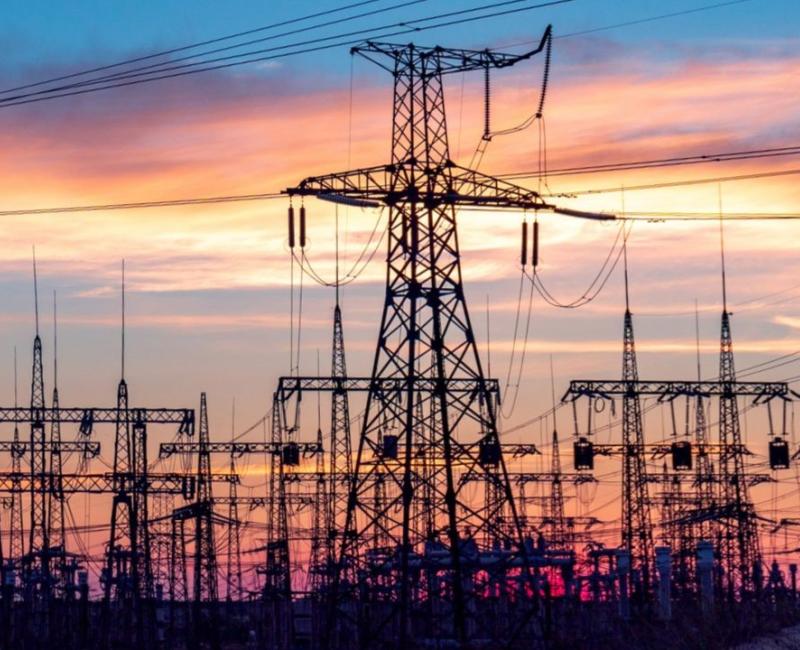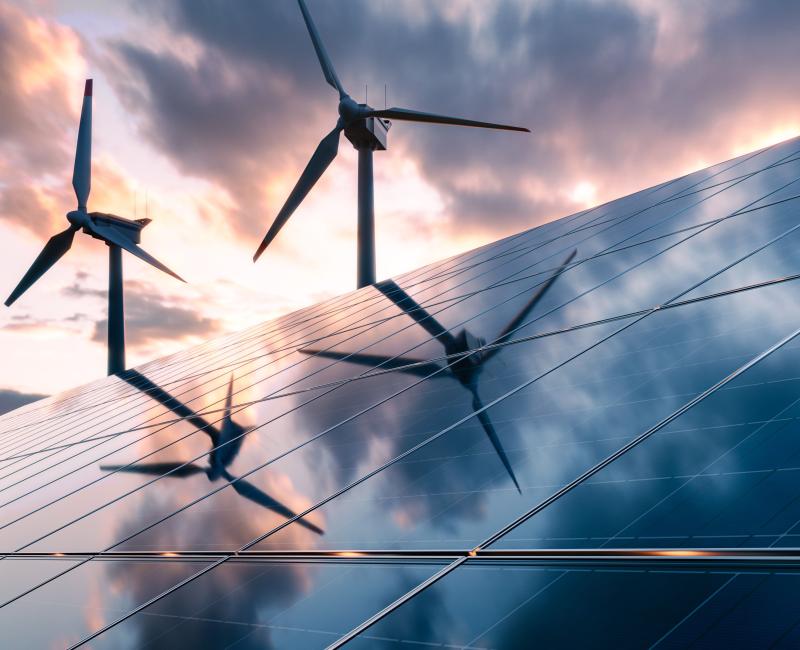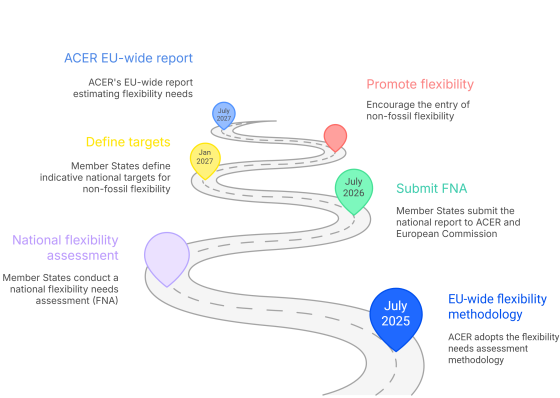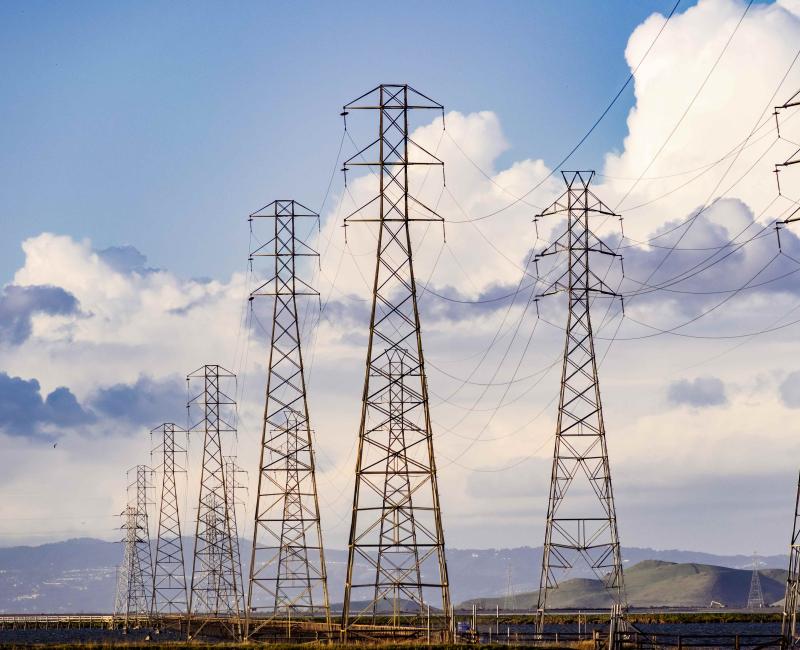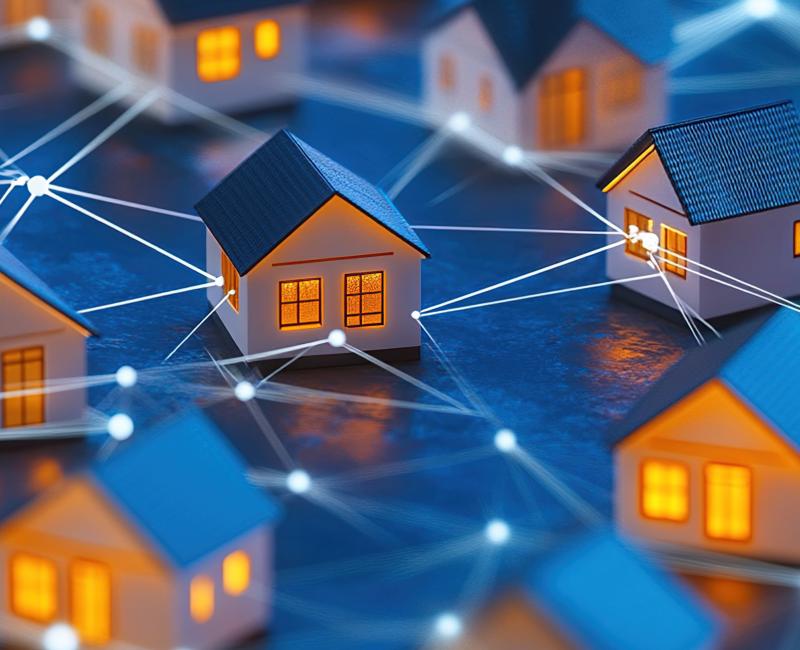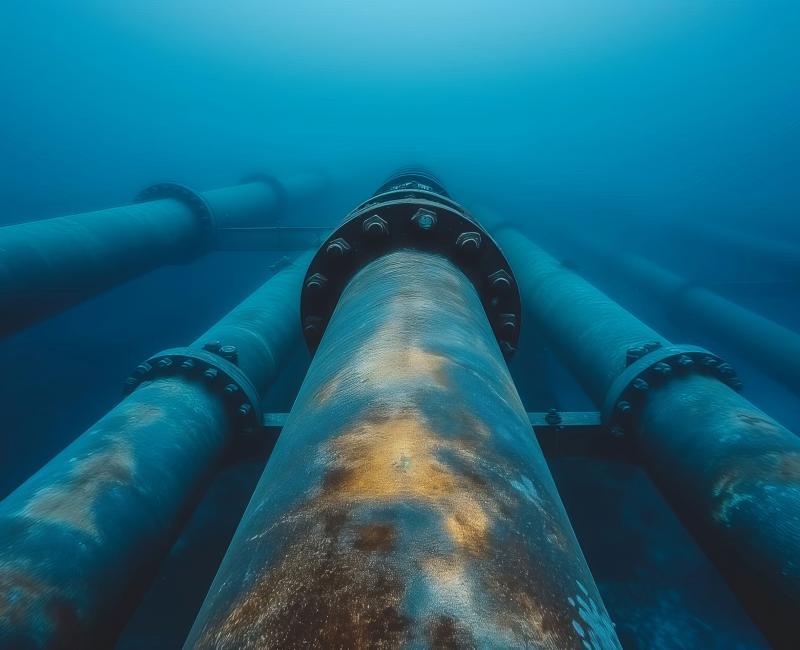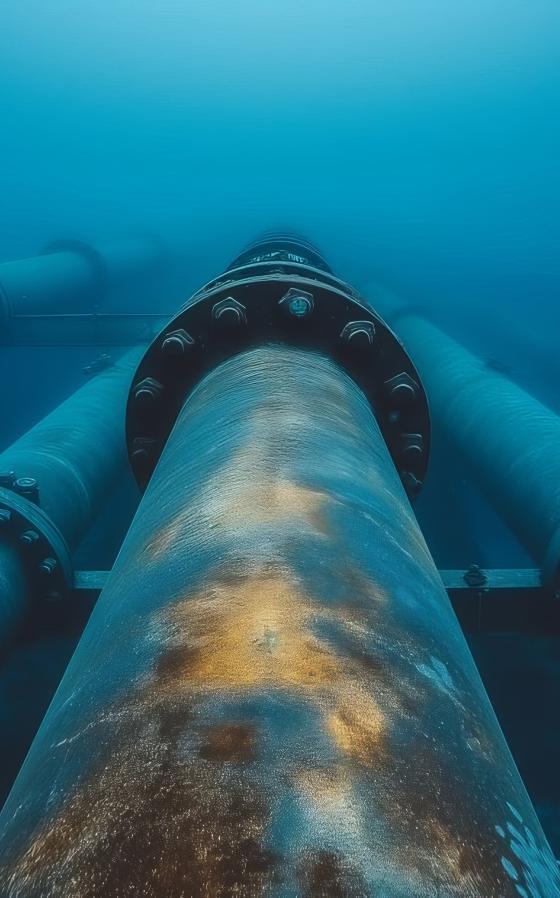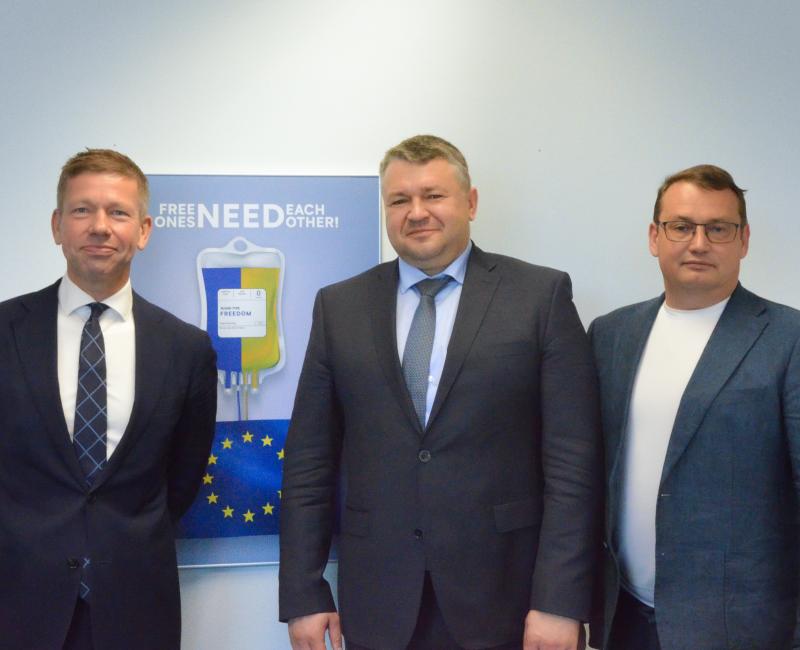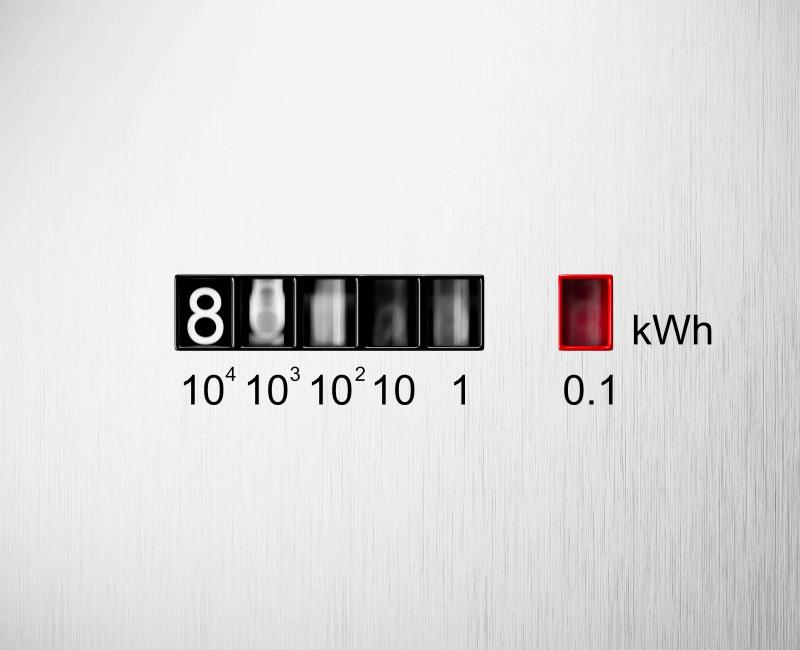year-on-year increase in gas storage injections in Q2 2025, narrowing the stock gap with previous years.
ACER to decide on amending the intraday cross-zonal gate opening and closure time methodology
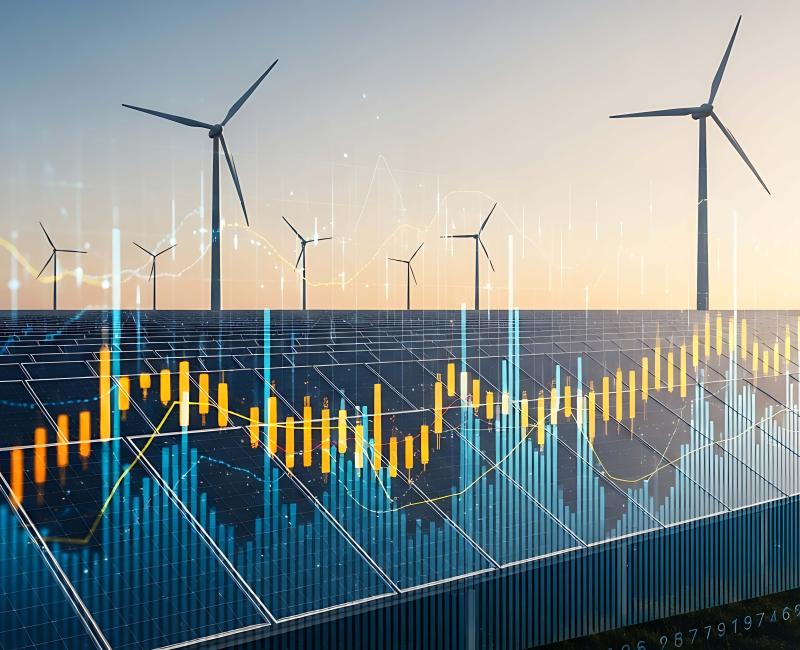
ACER to decide on amending the intraday cross-zonal gate opening and closure time methodology
What is it about?
On 2 July 2025, ACER received a proposal from all electricity transmission system operators (TSOs) to amend the methodology for intraday cross-zonal gate opening and closure time.
What is the methodology about?
Established under the Capacity Allocation and Congestion Management (CACM) Regulation, the methodology sets harmonised rules across EU Member States for when electricity trading can begin (gate opening time) and end (gate closure time) in the intraday market.
The intraday market is a short-term market where electricity is bought and sold on the same day as delivery (e.g. a few hours before), after the day-ahead market has closed. It allows participants to adjust their positions based on updated forecasts and balance supply and demand closer to real time.
By coordinating these timings across different bidding zones, the methodology supports market integration and the efficient use of cross-zonal capacity within the European electricity market.
Why amend the methodology?
TSOs propose harmonising the gate closure time at 30 minutes before real-time delivery, replacing the current standard of 60 minutes. The gate opening time would remain unchanged. This amendment aims to align the methodology with the requirements of the Electricity Market Design Reform (2024), which seeks to improve the efficiency of short-term markets.
Shortening the gate closure time is expected to:
- allow market participants to trade electricity closer to real time, giving them more time to respond to last-minute changes in demand and supply;
- support the integration of renewable energy sources and flexibility solutions; and
- help TSOs maintain system balance and security of supply.
What are the next steps?
ACER expects to decide on the amended methodology by 2 January 2026.
Interested parties are encouraged to submit comments or questions to ACER-ELE-2025-007@acer.europa.eu by 26 September 2025.
